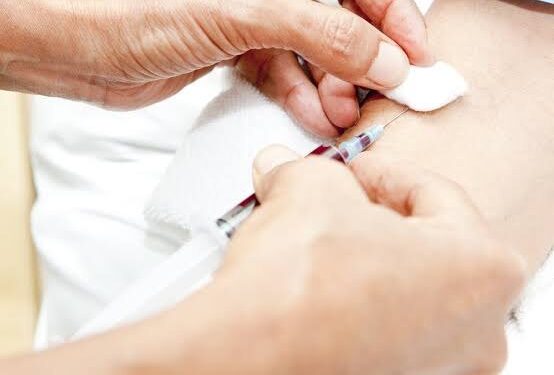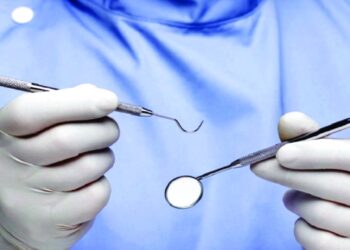Agencies-Gaza post
Why do doctors use Veins rather than Arteries to take blood samples?
Doctors can and do use arterial blood sampling but usually only when it is absolutely necessary, they need an arterial blood sample for arterial blood gas analysis (ABG) to find out how much oxygen and CO2 is in the arterial blood or when they cannot get venous access (for examples in trauma or otherwise seriously ill patients).
Venous blood is preferred for number of reasons:
– It is easier. Veins are superficial and there are lot of them. If you compress the arm proximally you can see and feel the veins running across the length of the upper limb.
If you are taking arterial blood you usually go for the radial artery and you usually have to rely on the pulse you feel (or hear using doppler). Veins also tend to be more tethered if you pick the right spot ie the vein doesn’t wiggle away when you try inserting the needle and you don’t need to go fishing for it.
Veins also have thinner walls which makes it easier to get a needle in. Novices (like myself) may need to use a bit more force to get into the artery and sometimes they push the needle right through the back wall in the process.
– Arterial blood samples are more painful for the patient. I haven’t had one done on myself but I have heard that even in optimal situation it is more painful than venous sampling. And because it can be more difficult than venous access the doctor may need to do more poking around to get in, which again, hurts.
– When you are taking blood from the radial artery you are effectively occluding it. Thus the hand relies on alternative arteries for blood supply.
You can do Allen test (compression of radial and ulnar artery to cut of the blood supply temporary followed by release of ulnar artery to see if circulation to return) to ensure that there will be sufficient blood supply while taking blood. In theory you can cause ischemic damage to the hand if the collateral supply is poor.
– The arteries have much higher pressure than veins and once you have access the blood will be squirting out (hopefully to your syringe).
Once you have withdrawn the needle you should apply pressure to the site for several minutes to reduce bruising. While the blood sample is clotting in your syringe becoming increasing useless. So you compromise between bruising and getting the job done.
– When you are having bloods taken it is usually not done by the doctor.
Phlebotomists, health care assistants and nurses take large proportion of bloods in both primary care and hospital settings.
They generally have not been trained to do (or their job description doesn’t include) arterial blood sampling (with perhaps the exception of ICU nurses or specialist respiratory nurses).
Thus it requires a doctor, one you may or may not to spare to do arterial sampling when it is not necessary.
– When you are having bloods taken at hospital the doctor or nurse usually uses it as an opportunity to put a line in for fluids and medications.
Generally speaking drugs don’t go into arteries. Unless you want to lose a limb.























